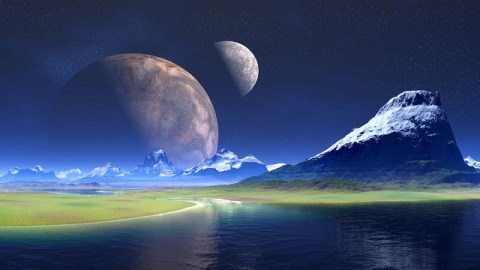For Some Planets, Global Warming Could Be A Good Thing

What’s the Latest Development?
In a paper published in the latest issue of Science, MIT planetary scientist and astrophysicist Sara Seager suggests that the search for habitable worlds — currently focusing around Earth-like exoplanets orbiting in an area commonly called “the Goldilocks zone” because it’s neither too hot nor too cold to support liquid water — could be greatly expanded if other variables, such as greenhouse gases, are taken into account. For example, a “super-Earth” that orbits its sun from further away could have the mass needed to hold onto atmospheric stores of hydrogen, which would generate enough warmth to compensate for its distance from its sun. Similarly, a smaller planet that’s closer to the sun could have just enough moisture to supplement a thinner atmosphere.
What’s the Big Idea?
While Seager’s theories make sense, the cost of deploying a telescope that could search distant planets’ atmospheres prevent any serious investigation for now. She writes, “If there is one important lesson from exoplanets, it is that anything is possible within the laws of physics and chemistry.” She cites Venus, an Earth-sized planet with a runaway greenhouse effect, as an example of improper balance: “With less moisture…Venus could have been habitable.”
Photo Credit: Shutterstock.com
Read it at The Christian Science Monitor





